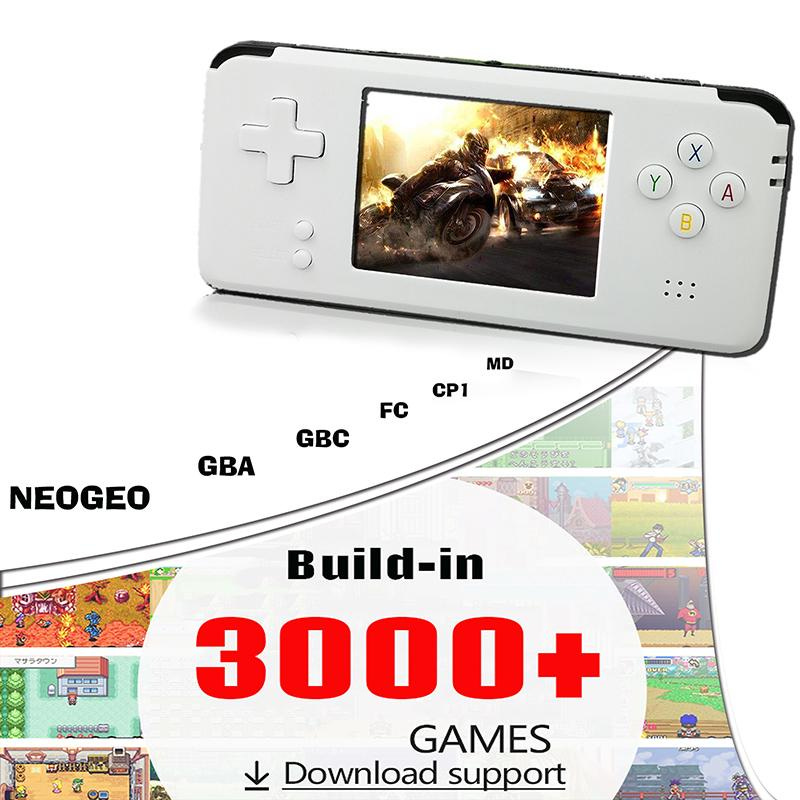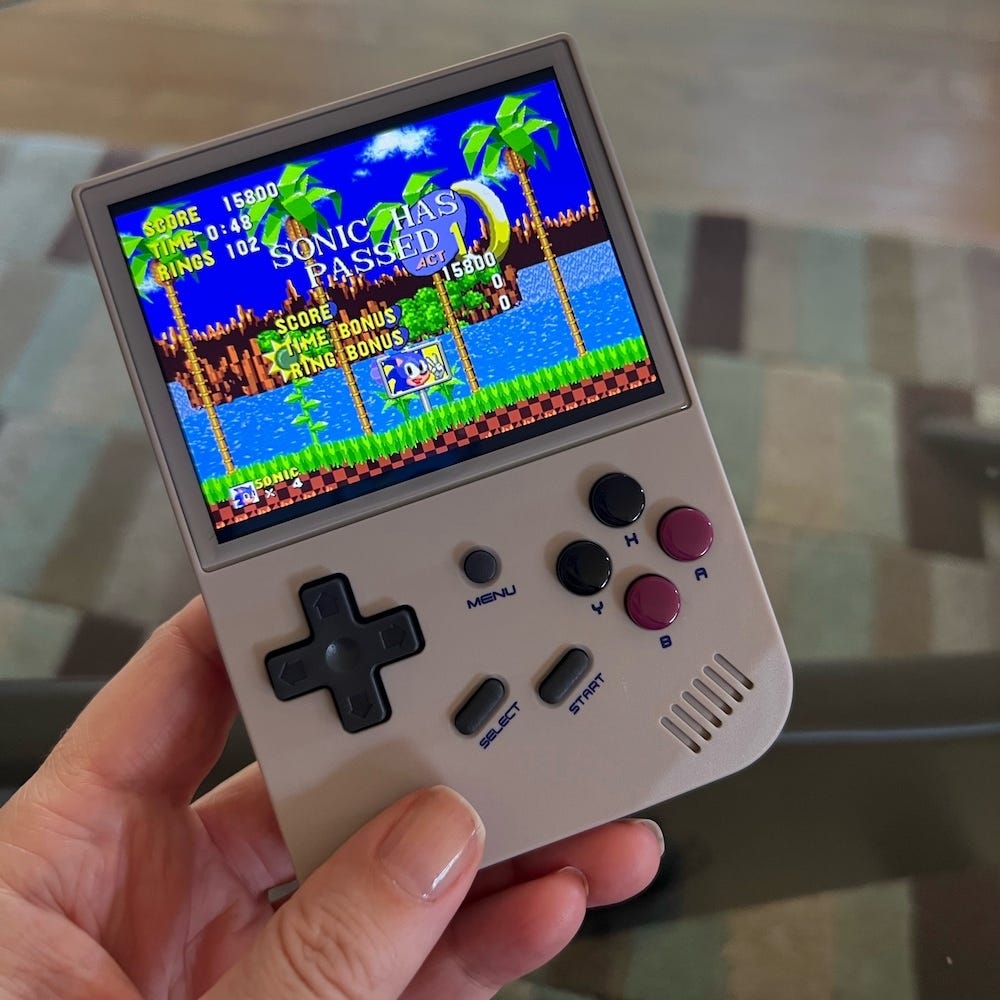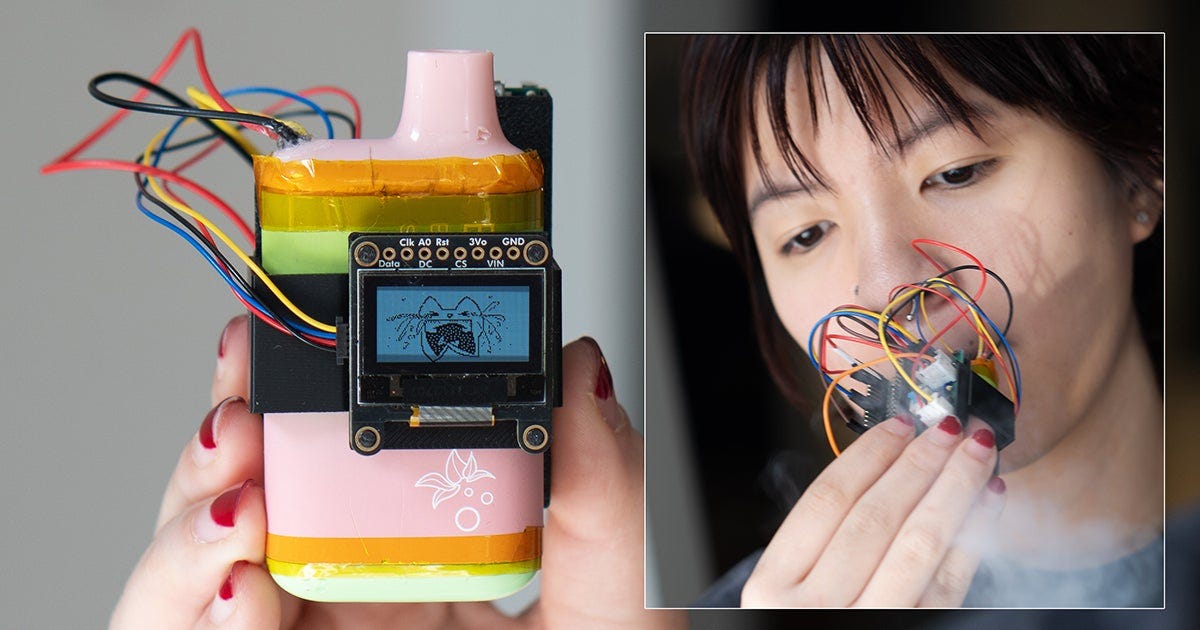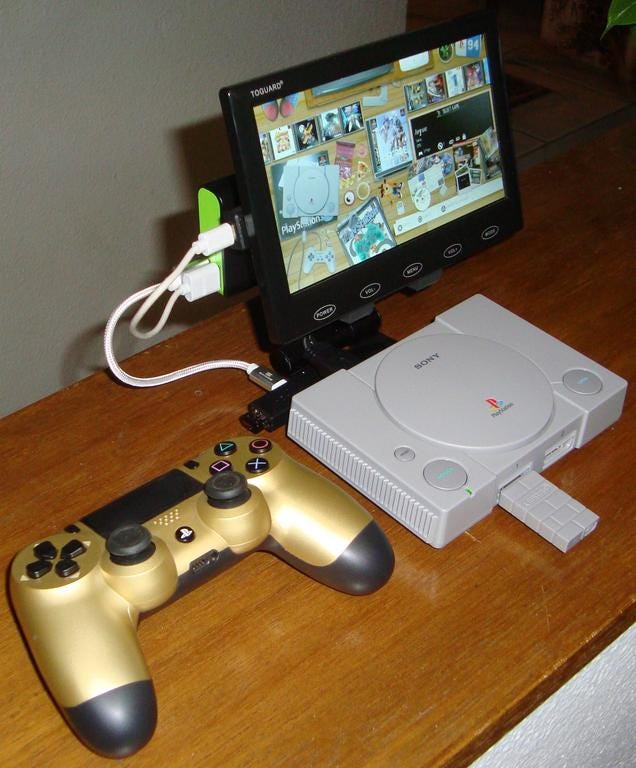Soulja Boy and the Temu-ification of Handhelds
How Soulja Boy accidentally pioneered the grey-market gaming boom
Once Upon A Time On…LimeWire?
Before musicians were hijacking TikTok for virality, Soulja Boy was hijacking LimeWire. Back in the mid-2000s, the teenage rapper from Chicago wasn’t just uploading music — he was disguising it. Log into LimeWire, type in “In Da Club” or “Toxic,” and there was a decent chance you'd end up downloading “Crank Dat.” It was SEO before SEO, rap marketing via file-share Trojan horse. And it worked — by the time you realised you’d been baited, you were yuuuuuuu’n (God forbid you were later being hunted by the Crank Dat Killer).
Fast-forward a decade, and Soulja Boy pulled out the same playbook — this time he was controlling the software from the start — with consoles. In 2018, he launched SouljaGame: a knock-off handheld filled with thousands of pirated titles from the PS1, Game Boy, PSP and beyond. Made in partnership with Chinese manufacturer Anbernic, the console sold for $199.99 (USD) on Soulja’s site. Unsurprisingly, the whole thing imploded faster than a boss fight on Elden Ring. It isn’t exactly clear what happened, but publishers like Nintendo and Sony likely kissed a cease & desist thru the phone (sorry).
Interestingly, the SouljaGame wasn’t just a memeable footnote in gaming history. Despite its downfall, it became an unlikely blueprint. It marked the beginning of the “Temu-ification” of handhelds: a rapid-fire explosion of grey-market, nostalgia-fuelled gaming consoles, many powered by open-source emulators, and sold through the same digital bazaars where you buy banana slicers and bootleg Balenciaga.
Emulators: Honest Hobby Turned Black Market
To understand the current wave of pocket-sized pirate machines, you’ve got to understand the backbone: emulation. Emulators are software (and sometimes hardware) that mimic old gaming consoles, allowing modern devices to run retro titles. Whether it's Game Boy's “interpretive” architecture or the complex web of processors inside the SEGA Saturn, emulator devs are essentially digital archaeologists, painstakingly rebuilding the past one line of code at a time.
And while emulation started as a digital preservationist movement — a way to archive and play games no longer in print — it quickly evolved into a bustling black market. ROMs (read-only memory files ripped from game cartridges) are freely shared, downloaded, and bundled into emu-ready handhelds often sold for as little as $10 on Temu or AliExpress.
Anbernic is the kingpin of this new class of device makers. Their products are sleek, functional, and unapologetically pirate-friendly. The RG35XX, one of their most popular units, resembles a Game Boy Pocket on the outside but runs PlayStation, Dreamcast, and even PSP games on the inside - all for $50.
Puff, Puff, Pass The Controller
While Anbernic handhelds shamelessly replicate the products they’re mimicking, some vapes have started to lean into dystopian design of emulators. In a truly cursed fusion of addiction and entertainment, “smart” vapes are now being sold with built-in video games. Yes, that’s right: you can now play Tetris while you blow plumes of cherry bubblegum fog.
Sold under names like Craftbox V-Touch and Posh Pro MAX, these vapes feature full-colour displays, retro games, music players, and even social media notifications. Some reward users with points for each puff. Others contain Tamagotchi-style virtual pets that grow stronger the more you vape (to be fair - this one was an art project). It’s nicotine meets gamification meets childhood nostalgia — a dangerous cocktail being marketed with a nefarious wink and a candy-flavoured smokescreen.
Public health experts have raised the alarm. Not only are these vapes highly addictive and brazenly luring in teenage customers, they also add more battery waste, more environmental damage, and an ever-shortening product lifecycle built on flash, flavour, and throwaway culture.
Vape emulators show just how warped the once hobbyist form of game preservation has become. Instead it’s a competition around how unlicensed games can be stuffed into ever-smaller, cheaper, more morally ambiguous forms. Consoles as collectibles. Consoles as contraband. Consoles as… nicotine delivery systems?
Big IP Strikes Back
For a long time, companies like Nintendo treated emulation the way you’d treat your teenage Facebook statuses: just ignore them and hope they don’t blindside you at some point. After all, many of the games being emulated were long out of print, and in some cases, the rights had quietly expired (hence the practice of emulation in the first place).
But recently, that laissez-faire approach has started to shift. Why? Because retro gaming became an actual market.
Nintendo has begun re-releasing legacy consoles like the SNES Classic, bundling a curated selection of games with modern HDMI ports and collectible flair. Sony followed suit with the PlayStation Classic. And no doubt the recently announced ROG Xbox Ally will give you access to generation one Xbox games.
The retro gaming market is thriving. That means crackdowns. ROM-sharing sites are getting nuked. Emulator devs are facing legal threats. And grey-market handhelds are dancing ever closer to copyright firestorms.
Disposable Nostalgia vs Durable Design
So where do we go from here?
We’re standing at a strange intersection: on one side, the disposable future — gaming embedded into vapes, knock-off handhelds sold for pocket change, retro titles stuffed into systems barely built to last. On the other, a big corporate intervention on retro gaming – which don’t only preserve games, they rejuvenate them with better graphics and better controls (for a price of course). It’s equivalent to the 70mm restoration or the remastered vinyl.
As the Temu consoles and their vape counterparts keep stuffing Sonic The Hedgehog into e-waste for clout and dopamine, the original emulator hobbyists might have finally got what they were hoping for from the big gaming companies - a bonafide archive of retro games.
And while Soulja Boy will likely be remembered for being your $20 ringtone from Jamster in 2005, he may have unknowingly played an even greater role in turning retro gaming into a bustling black, grey and purple dragon market all together.






